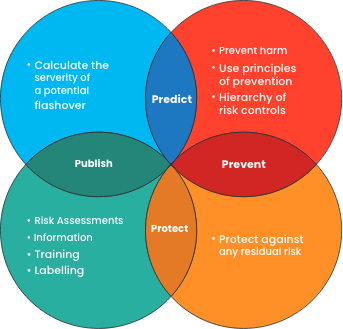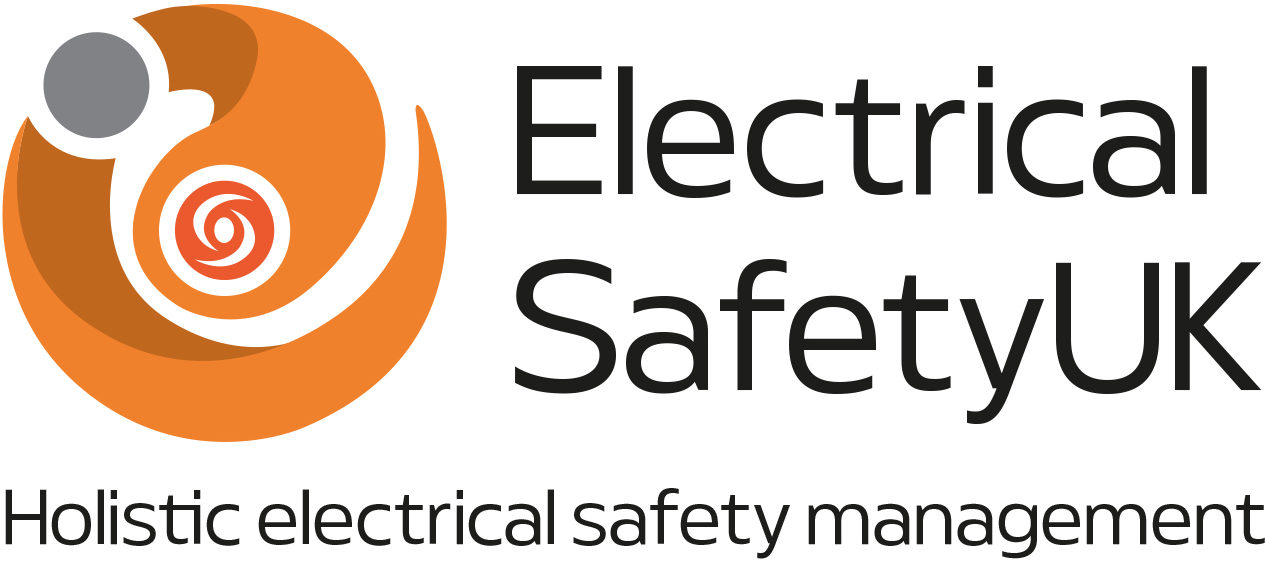Whether you own or lease a business premise, or want to learn about the life-threatening dangers of arc flash and how to safely deal with it, we explain everything you need to know.
What is Arc Flash?
Arc flash (often called a flashover) is a type of electrical explosion or discharge that results from a connection through air to ground or another voltage phase in an electrical system. For example, when a wire makes contact with an earthed system. Temperatures at the source of an arc flash can reach 20,000 °C — around four times the surface of the sun.
Injuries can include external burns (i.e. severe burns to the skin), internal burns and intoxication from inhaling hot gasses and vaporised metal, hearing damage, eye damage and blindness from the ultraviolet light of the flash as well as many other devastating injuries.
How to prevent Arc flash
Other than isolating the power supply, completely eliminating the arc flash hazard is very difficult, but there are measures you can take to reduce the possibility and severity of hazards.
Management of Health and Safety at Work Regulations 1999 specifies an obligation on behalf of the Employer to assess the level of risk involved in the workplace and the effectiveness of the precautions to be taken. For electrical work, this should include arc flash hazards.
The likelihood of an electric arc (or worse) occurring is low but the potential severity is high. Control measures can be adopted to reduce both the hazard and likelihood of taking place, therefore reducing the risk.
For example, you can:
- De-energize electrical equipment
- Wear suitable Personal Protective Equipment (PPE)
- Keep at a safe distance
- Reduce the energy output from an incident
- Carry out a risk assessment
- Train on-site workers to control risks and interrupt faults
An effective way to help prevent arc faults is to use our 4P Model for arc flash hazard management: Predict, Prevent, Protect, Publish. Identify and calculate the potential risks. Use principles of prevention to control risks. Reduce the risk of injury with proper protection. Collect information for future workers to reassess changes such as environmental conditions and equipment state.

For businesses, a great place to get started is by booking a free arc flash pre-assessment.
One of the best ways to combat the risk of arc flash is to get in an electrical safety professional. We’ve conducted arc flash safety management for a wide range of clients including National Grid, Northern Powergrid and Honda Racing so you’re in
safe hands.
If you have on-site workers and you’re looking to manage hazards yourself, there is also the option to undergo training.
